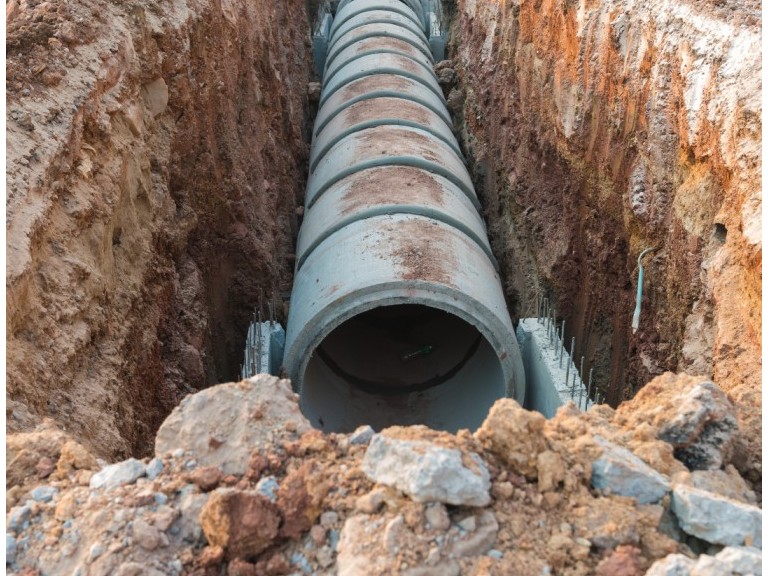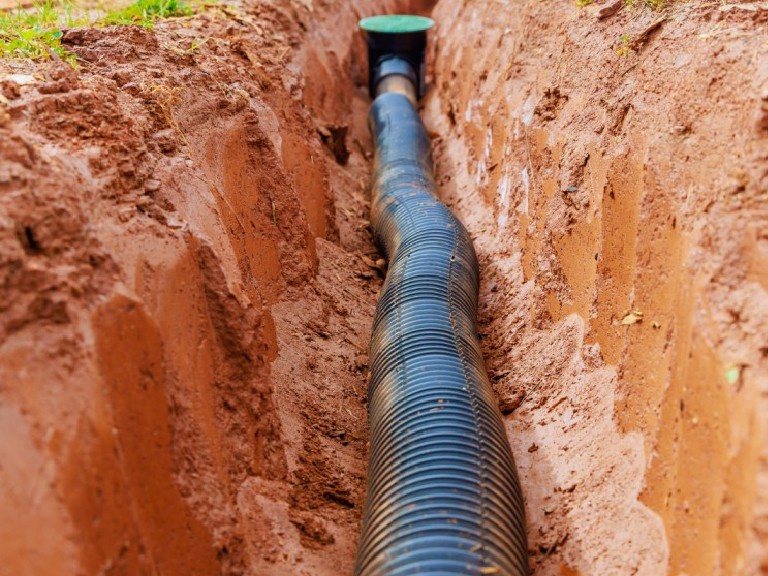Reliable Drain Cleaning Services in Boston, MA
Blocked Drains? We’ve Got You Covered!
Clogged, slow, or backed-up drains? Patriots Paving & Masonry Inc. provides expert drain cleaning in Boston, MA to protect your home or business from water damage, foul odors, and flooding. Whether you need to unclog a shower drain, clear outdoor drains, or maintain your entire drainage system, our team is ready to help.
Fast & Effective Drain Unclogging Services
When drains get blocked, it’s more than an inconvenience—it can lead to serious water damage and costly repairs. Our professional technicians use high-powered tools and proven techniques to unclog drains quickly and efficiently. From kitchen sinks to shower drains and exterior systems, we restore proper water flow without delay.
Common Drain Issues We Handle
Whether it’s a minor blockage or a major clog, we’ve seen it all. Our drain cleaning specialists in Boston, MA address:
- Hair buildup and soap scum in shower drains
- Grease and debris in kitchen sinks
- Tree roots and sludge in outdoor drainage systems
- Foreign objects causing stubborn blockages
Need to unclog a shower drain or tackle a persistent slow-draining sink? We’ve got you covered.
GET FREE CONSULTATION
Comprehensive Drainage Solutions Tailored to Your Needs
We provide a full range of drain cleaning and maintenance services to address all your drainage concerns:
1. Thorough Drain Inspections
We start with a detailed inspection to identify blockages, buildup, or damage within your drainage system. This helps us determine the best approach for cleaning and maintaining your drains.
2. Drain Clearing Service
Our drain clearing service tackles even the toughest blockages. Using high-powered equipment, we remove debris, roots, and sludge to restore full drainage capacity.
3. Drain Unclogging Services
Slow or completely blocked drains? Our drain unclogging services provide fast, effective solutions to get your water flowing again. We handle everything from kitchen sinks to outdoor drainage systems.
4. 24/7 Emergency Drain Services
Drain emergencies can happen at any time. Our team is available around the clock to respond quickly and resolve urgent drainage problems, minimizing water damage and restoring your system fast.
Your Trusted Partner for Drainage Cleaning Services
At Patriots Paving & Masonry Inc., we understand the importance of a properly functioning drainage system. Our experienced team is dedicated to providing top-quality drainage cleaning services that keep your property safe, dry, and problem-free.


Why Choose Our Drain Cleaning Services in Boston, MA?
- Quick Response Times – Same-day appointments available
- Advanced Equipment – We use hydro-jetting, drain snakes, and camera inspections
- Experienced Technicians – Our team is trained to handle any drainage issue
- Affordable Pricing – Transparent quotes with no hidden fees
Preventive Drain Maintenance Plans
Avoid frequent blockages with our scheduled maintenance services. Our drain experts will:
- Perform routine inspections
- Clear minor buildup before it becomes a major issue
- Offer tips to reduce clogs and keep drains flowing smoothly
Preventive service extends the life of your system and saves you money in the long run.
Book Your Drain Cleaning Service in Boston, MA
Don’t let a clogged drain disrupt your day. Contact Patriots Paving & Masonry Inc. today to schedule your drain cleaning service in Boston, MA. Whether you need to unclog a drain fast or want a long-term maintenance plan, we deliver reliable results every time.
